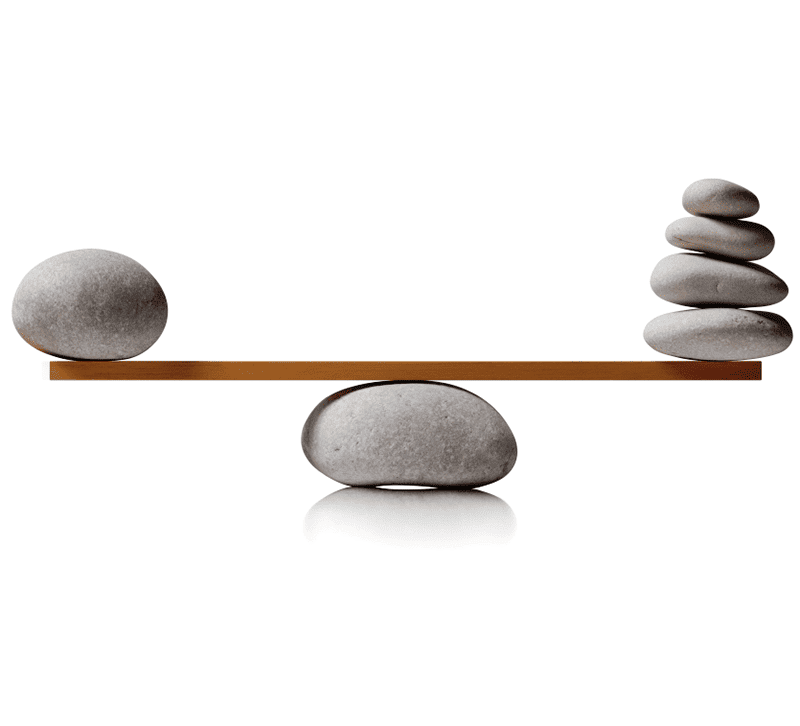In today’s market, big data lies behind every smart business decision and its very name – Big Data – makes you think it’s necessary to collect as much of it as you possibly can. Keep in mind that hoarding huge amounts of information can make it “hard to see the forest for the trees”.
Table of Contents
ToggleIn order to get the true value from big data, you need to get the right kind of data. In the following article we’ve gone through some basics which can help you understand the benefits and downsides of storing huge amounts of information and getting the right kind of data that you need.
Data Migration
As the digital proficiency expands, everyone tries to store and migrate as much data as possible. People tend to transfer data that is way past use, which leads to very long and quite problematic import/export processes. Think of it as a transfer of your contacts from your old to a new phone. Some contacts you know you won’t use (but are still there) and sometimes transferring so much information may cause various problems with your new phone’s contact list. It works in a similar way in case of the data management.
Big data usually comes in a raw state. Standard practice is to always look for quality and quantity in that raw data, but usually most of it isn’t valuable in itself, and has to go through segregation and processing in order to provide a proficient insight that was originally needed.
Benefits of Quality Data
Achieving a high standard of data quality isn’t easy and can be quite expensive, however, it helps you put things into perspective.
You can gain enormous insights from your small data if it’s good quality. In fact, the buzzword ‘big data’ is so prevalent because prior to the use of predictive analytics, there was no point to having large quantities of data; it just wasn’t possible for humans to process it efficiently.
Storing massive amounts of data and just letting the pile grow is counterproductive in every possible way. You have to think about the waste and value you get from the data you’ve collected. If you consider the costs and time spent on various activities based on a low-quality data sets, you can understand how much of your resources is going to waste.
As we look for the value factor, think how effective all that old data is when it comes to real practical use. If the sales team has to work with 3-year-old contact details, and your account team has to work with analytics as old as the company, imagine just how much their productivity and general effectiveness is influenced. Basically – at every possible stage, collected data should give you a clear insight and help you make a decision, and if it can’t do that immediately, then it can be considered a low-quality data.
The influence of low-quality data on CRM and other integrated systems can be extremely serious, as such impact can completely block the possibility of a new system integration, or any kind of efficiency improvement whatsoever.
Downsides of Data Hoarding

As with any other industry, the cheapest way of doing something (when it comes do big data analysis) is the most wasteful one. Too much data wastes too much time. Experts hired because of their technical skills waste their time cleaning raw data for further analytics.
Cleaning a bad data collection process can be a nightmare, and sometimes the insights that you get are not worth the time spent preparing the data. Any kind of data preparation is time-consuming, but this becomes practically impossible to complete when you have to go through mountains of raw, low-quality data.
When it comes to integration of massive amounts of data, the process becomes slower and the costs rise. For instance – botchy integration of healthcare data resulted in more than 340$ billion lost benefits per year. Having shoddy data in large quantities can result in a complete loss of financial and business control, once the analysis has to be done.
Conclusion
Generally, as with any other business and sphere of life, quality should always trump quantity. Having smaller amounts of high-quality data always beats having a lot of shoddy data that needs special care. Knowing that all big data has to go through larger companies, try to find the perfect balance between the collected and processed data, and always make sure you are getting rid of all the unnecessary data in a timely manner. It can really help your business, or at least your CRM.





